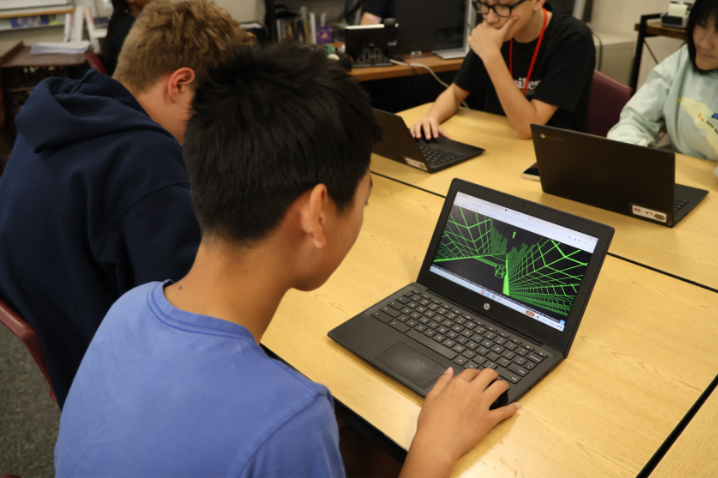
Kayli T.
Playing games in school.
The teacher is in the middle of a lesson, as your friend is typing away on his Chromebook. Is he taking notes? Nope. He’s texting his friend in another class. Suddenly, the teacher whips on Net Support and spots the digital culprit. He receives a low-level referral and that’s sent to the office. Is this justified? Was the teacher right? Maybe the incident was actually beneficial in the classroom.
According to Hapara.com “Some learners like to start a Google Doc, name it something that sounds like an assignment (so it slips under the radar), share it with friends and type their messages to each other in the Doc”
It’s a well-known fact that socializing can make school more appealing. Kids who hang out together are happier and connected, leading to a positive experience.
Modern Campus states that, “Text messaging is a vital tool in students’ educational journeys. By implementing the best practices for texting in higher education, institutions can foster meaningful connections with students, from the moment they express interest in a program to the day they become proud alumni. Whether it’s through timely reminders, personalized messages or strategic nudges, texting helps keep students informed and engaged.”
Students have found that a doc gives them the opportunity to share in a similar way to sitting next to one another during small group collaboration.
“[I use Google Docs to talk with friends] because we don’t sit next to each other and there is no way to communicate,” says Allen F.
While Docs can be used to communicate with friends during a project or assignment, other online tools also have benefits.
“Google Docs, Google Slides, and Google Forms all streamline the process of grading and undermine bad handwriting,” says Ryan S.
According to American University, “Technology can foster collaboration. Not only can teachers engage with students during lessons, but students can also communicate with each other.”
A key benefit of shared technology is group access to convenient research tools. Students can jump into an assignment together and share information, making things moving easier and faster.
“It is easier to do schoolwork because everything is online, you can print everything and you can research things, and you can just type something in, and it will show you the results in seconds,” says Allen F.
But why don’t teachers allow kids to use the technology? Probably because it can be a distraction from the class instruction.
“We only have a short amount of class time, and they should be using that time to be learning,” says Ms. Bennett, a sixth-grade Math teacher at Day Creek.
With digital devices available everywhere, it’s no wonder that students can be sidetracked from their work.
According to EducationWeek, “About two-thirds of U.S. students reported that they get distracted by using digital devices, and about 54 percent said they get distracted by other students who are using those resources, the PISA results found.”
Even if docs can be used for group work and texting, it has a reputation for being an irritant for students during class.
According to the National Library of Medicine, “The results indicated that, 67% of students reported cell phone ringing in the class as the most electronic external distractions that interfered with their concentration and learning ability of material presented in class and was extremely distracting to 21% of them.”
Students can also cheat on their computers, searching for test and homework answers. This is why digital devices are usually restricted, even during normal class time.
“[Technology] makes cheating 20 times easier,” said Ryan S. “Just search something up.”
While much of the student body believes that computers can be used to benefit learning in class, teachers and administrators remain concerned about how students use them. So, should technology be allowed in school?
